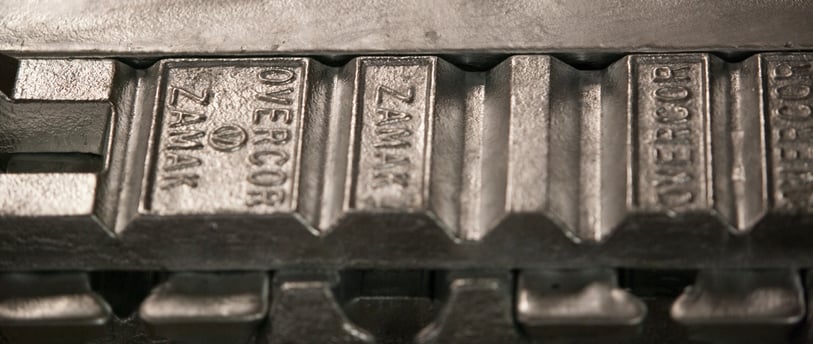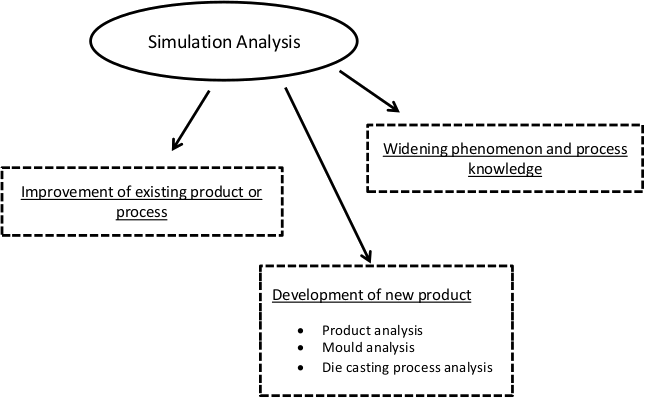As winner of numerous international awards, Bruschi Spa is known for its innovative approach in design and technology. We are glad to share our insights and experiences with the industry members.
How Die Casting Companies can help you save Time and Budget
Die casting companies that use simulation tools can give important benefits to its customers. Using these simulation tools can allow to obtain an important saving in terms of money and time in different ways. In this article we are going to analyze benefits of simulation during the development of a new component or product.

The importance of die casting companies in terms of saving
More than product development, simulation study can be used as research and optimization tools that can be used to increase the quality of the process and to widen the know- how of the company. Simulation is not a reconstruction of reality or of a process but can be seen as a magnifying glass used on different and specific qualities: as a litmus paper simulation gives an idea of the level of criticality of a process feature.
Simulation study is composed by a first phase of analysis, a second one of pointing out possible solutions and a third one of iterative optimization. Simulation can be used at different levels:
- Product analysis
- Mould analysis
- Die casting process analysis
Product analysis
The first study deals with the identification of strengths and weaknesses bounded to component geometry and its reaction during the thermal cycle of die casting.
During this phase there are many activities linked to criticality analysis such as: simulation of different positions of gates and overflows, considering the existence of air evacuation systems like Chill-Vent or Vacuum Valve and pointing out the ideal kinematic parameters of die casting machine.
In traditional analysis to point out these parameters normally are used really approximated analytical methods that consider only two or maximum three variables.
For example calculating metal static thrust using projected area of the component and the maximum metal pressure that is increased with a safety factor, allows the designer to point out the right die casting machine. However this is an average that do not give information about other technical requirements that the machine needs to have.
Using simulation is possible to have more detailed information that allow to reach an higher characterization level for the choice of machine, mould and technical equipment such as thermal units.
It is important that die casting companies foresee criticalities and in this way adjust the production diminishing the quantities of waste material or reducing the number of not necessary phases in a process to obtain a higher saving in terms of time and budget.
Mould analysis
During this phase the principal step is to optimize the feeding channel geometry. After pointing out the zone where the gate needs to be positioned, designer starts from simple geometries and finds, using optimization, the one with better results during the filling phase.
Using an iterative process, the complexity of geometry and the outcome in technical terms is increased.
Aspects on which the designer is focus in this phase are linked to the product quality, to reduce gas entrapment and to level out and maintain high the molten metal temperature.
Then there is the solidification study where starting from the geometry of runners, previously pointed out, the designer continues the optimization trying to maximize mechanical characteristics of the casting. In fact solidification phase is really important in porosity and mechanical strength of the component.
In the past this optimization activity was mostly concentrated on designer experience with similar moulds and with the creation of a pilot mould that did not allowed to experiment different variations that nowadays are possible with numerical optimization.
Nowadays is still possible to use a pilot mould but in this case the mould is a tool that can confirm or improve the results obtained with simulation.
With simulation is possible to save in economic terms because a pilot mould is really expansive and it takes time to be realized.
Die casting process analysis
Once defined the project of the mould, simulation allows to analyze the entire die casting cycle, using technical data of the machine and knowing the limits in terms of thrust and speed of the stroke and in terms of temperature. For these reasons thanks to the cooling fluid is possible to estimate optimal real parameters to use the mould.
To be updated on trends and innovations in the Zinc Die Casting industry we recommend you to subscribe to our blog.


